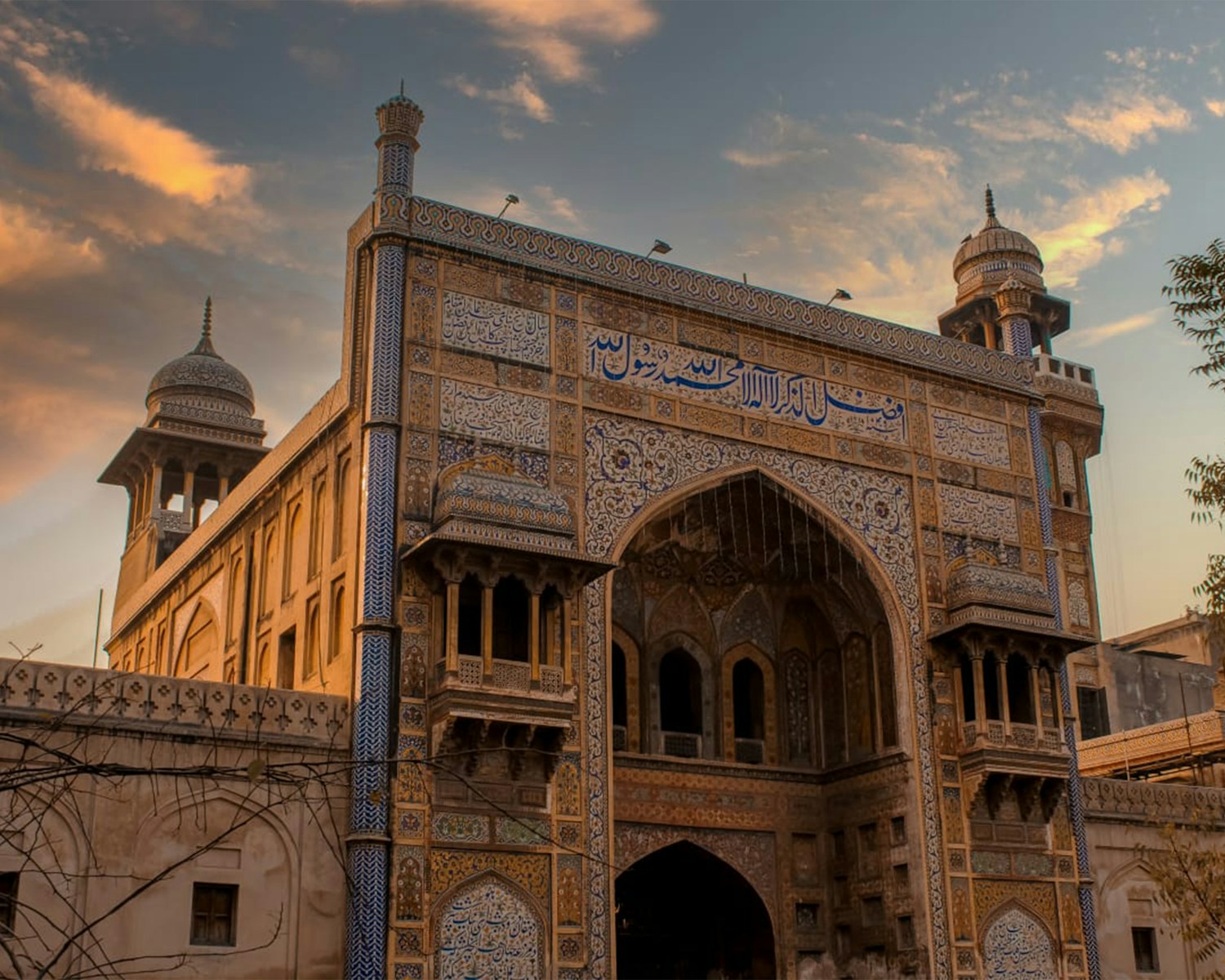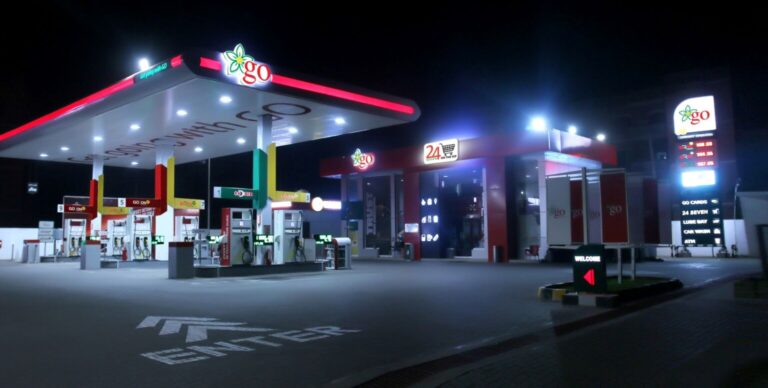Introduction:
Masjid Wazir Khan, a significant historical site and stunning example of Mughal architecture, is in the heart of Lahore, Pakistan. The mosque, which attracts tourists from all over the world due to its unique architecture and cultural significance, is a statement to Lahore’s rich history. It is a must-visit location for anyone interested in history, architecture, or spirituality because of its quiet atmosphere and stunning design.
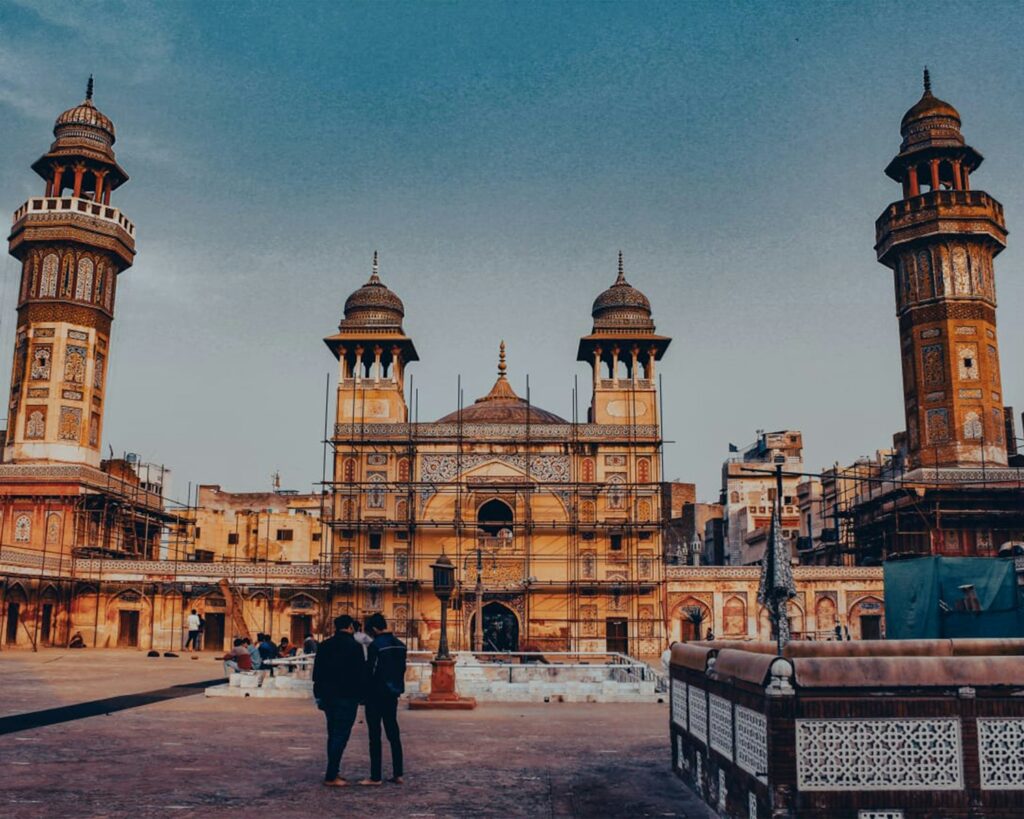
Historical Background:
Masjid Wazir Khan was established in the 16th century by Hakim Ilm-ud-din Ansari, the governor of Lahore, during the time of Emperor Shah Jahan. The mosque was a part of a larger complex that reflected the socioreligious climate of the time by containing apartments, schools, and a mosque. The mosque served as a hub for community meetings and cultural exchange in addition to being an important source of Islamic education and teachings in the area.
A Symbol of Mughal Glory:
Masjid Wazir Khan was built during a time when the Mughal Empire was experiencing a boom in both art and architecture. Grand buildings that displayed the empire’s riches and refinement were built during this time. Because of this, Masjid Wazir Khan serves as both a place of prayer and a symbol of Lahore’s importance during the Mughal Empire.
Architectural Features:
The beautiful Mughal architecture of Masjid Wazir Khan is highlighted by its grand entrance, intricate Persian-style tile work, and tall minarets, which stand 107 feet high. The mosque provides a peaceful space for prayer and reflection, with its lovely open area surrounded by arches. It is a stunning example of the era’s craftsmanship, featuring bright colours and detailed patterns.
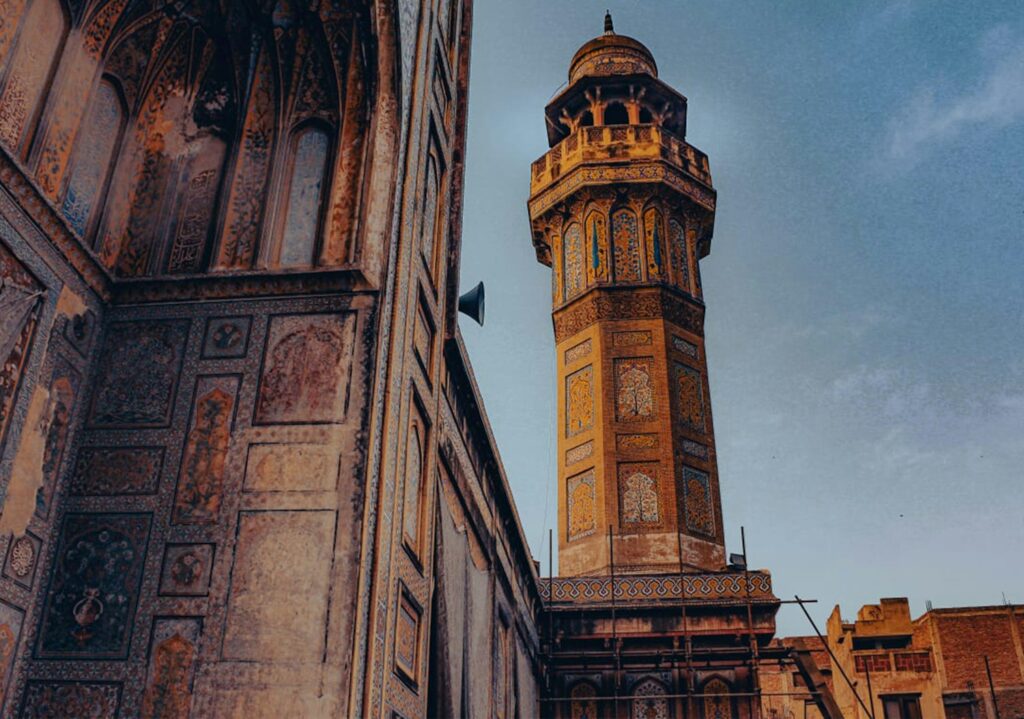
Exterior Design:
Gorgeous tile work and beautiful artwork portraying events from Islamic history cover the mosque’s exterior. Typical of Mughal art, the tiles have geometric patterns and flower decorative elements. Visitors are welcomed inside the mosque by the imposing entrance with its colourful arches. The ambiance within is calm and filled with breathtaking beauty.
A Cultural Centre in Lahore:
The surrounding area is equally captivating, with bustling markets and historic buildings that enhance the mosque’s significance as a cultural hub. Visitors often find themselves immersed in the lively atmosphere of Lahore, making their journey to Masjid Wazir Khan an enriching experience.
Interior Layout:
The prayer hall’s interior is large and beautifully decorated, with high ceilings held up by pillars that are finely carved. Peace and calm were felt by the interior’s intricate tile work and intricate flower designs. The mosque is made more beautiful using rich colours, such as bright blues, reds, and greens, which encourage spiritual connections among peoples.
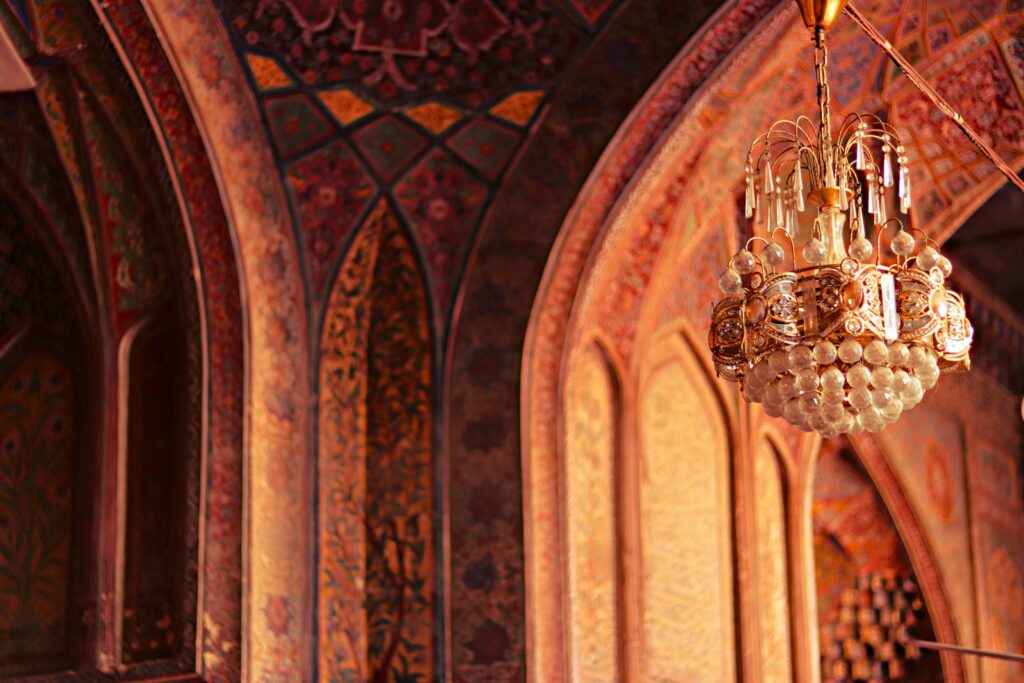
A Place for Reflection:
The interior is bathed in natural light that filters through beautifully crafted windows, creating a warm and peaceful ambiance. The walls, adorned with Quranic verses, add to the serene atmosphere, making the mosque an ideal place for prayer, reflection, and meditation.
Decorative Elements:
The interior of the mosque demonstrates the creativity of Mughal artisans, with the walls covered in detail artwork, designs of flowers, and Quranic calligraphy. Each decorative element reflects the cultural and religious values of the time and tells a story, illustrating the skill and dedication of those who constructed and modified the mosque, making it an important cultural artefact.
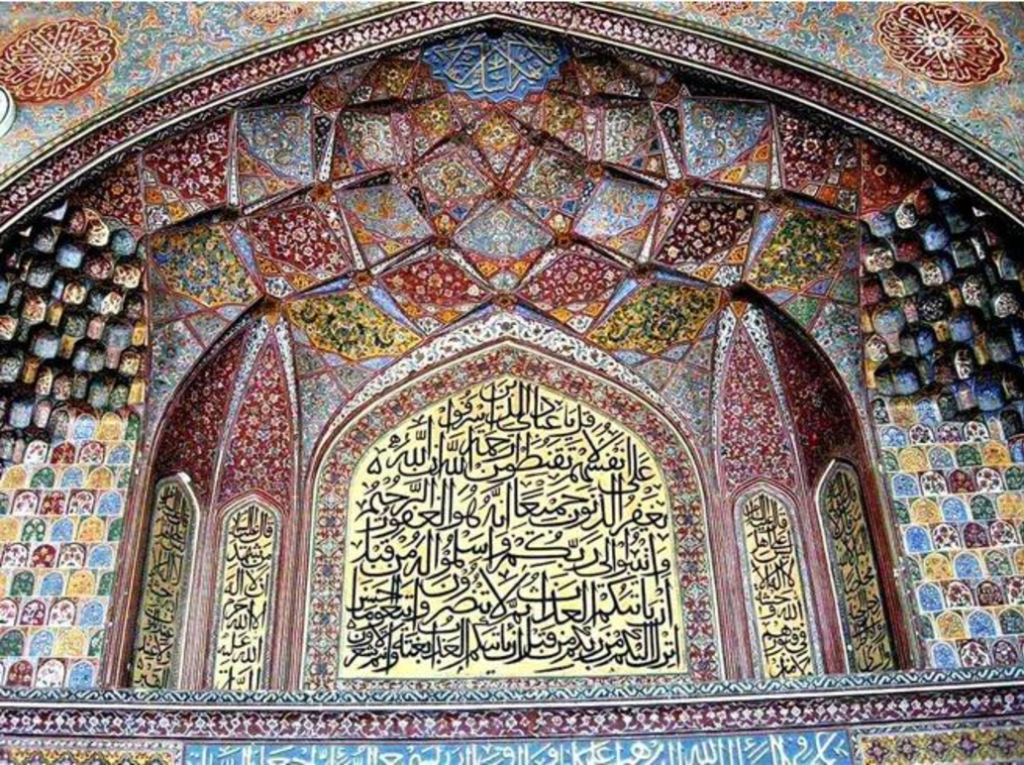
Construction Techniques:
Masjid Wazir Khan was constructed using traditional Mughal techniques, incorporating red bricks and decorative tiles sourced locally. The artisans employed techniques that allowed for intricate designs and vibrant colours to flourish. The attention to detail in the tile work and frescoes demonstrates a high level of skill, ensuring that the mosque has remained an architectural marvel over the centuries.
Community Involvement:
Throughout history, the mosque has served as a hub for cultural activities, religious instruction, and community meetings. As a result of the residents’ significant support for its maintenance and preservation, Masjid Wazir Khan continues to be an essential component of Lahore’s identity. The mosque continues its tradition of hosting prayers, gatherings, and educational activities to strengthen the bond among its visitors.
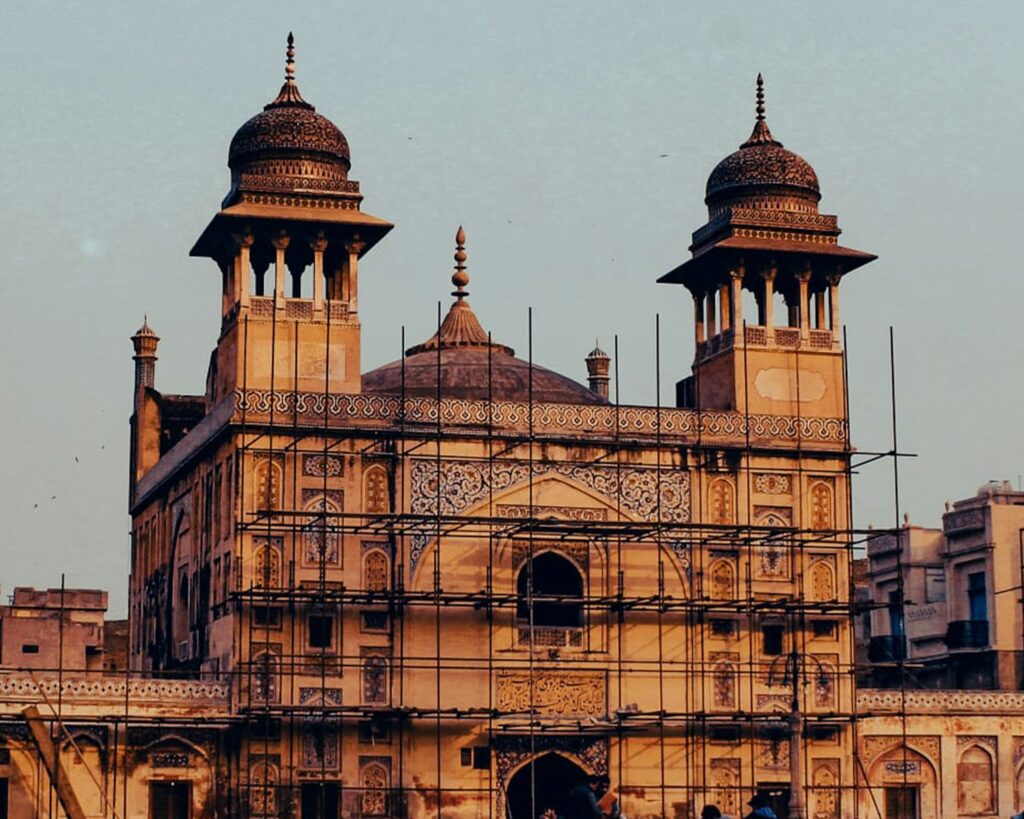
Conclusion:
More than just a place of worship, Masjid Wazir Khan is a symbol of the rich cultural legacy and history of Lahore. It is a must-see for those who want to travel to the city because of its amazing architecture, historical significance, and the stories it relates. As a timeless representation of Mughal art and architecture, the mosque never fails to inspire and unite people. Masjid Wazir Khan provides a unique experience for all visitors, regardless of their interests in history, architecture, or spirituality.


